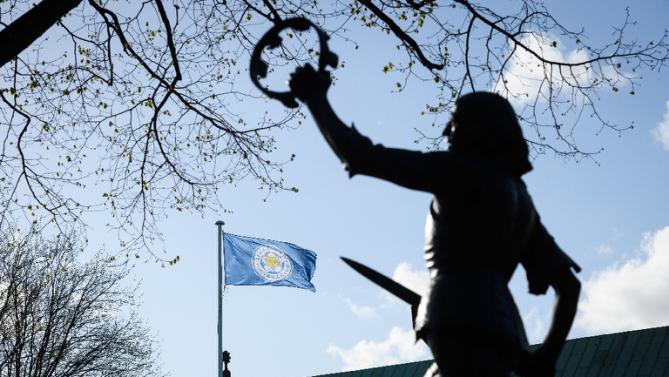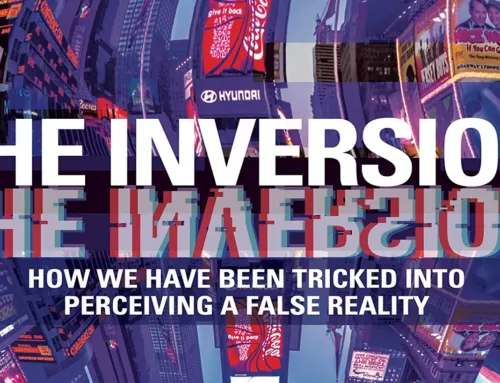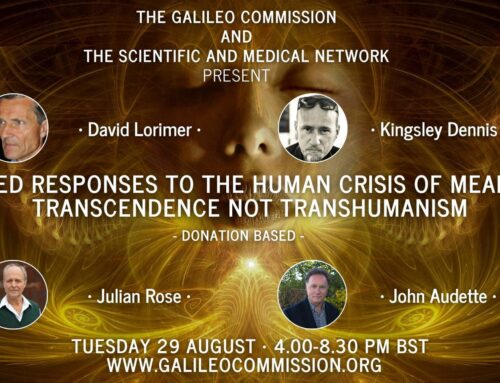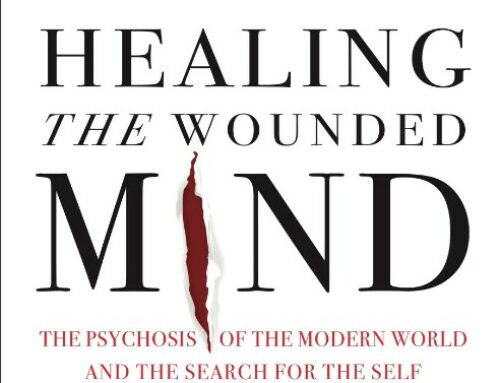It’s not often you find that your home town has become the ‘talk of the town’ far and wide, and internationally – especially if your home town is Leicester. And to be fair, Leicester City had been a subject out of fashion for far too many years. Yet now those times may well be in reverse, as Leicester has stepped up a few gears and entered the international spotlight. Oh, and if for some obscure reason you didn’t yet know, the Leicester Foxes football club recently won the Premier League.
The Leicester that I remember as a young boy had a large public swimming baths (St. Margaret’s); an ugly stone bus station (St. Margaret’s Bus Station); and only one semi-decent indoor shopping hall (Haymarket). In those days Leicester had more fame for its large outdoor market, notably where the Lineker family had their vegetable stall. And yes, that’s Gary Lineker, who was born in Leicester too (remember – he of Walkers Crisps fame?). And the indoor fish market still stands at the edge of the Corn Exchange. Another fame of Leicester was its huge array of Indian restaurants where curries were the craze amongst many of us – the hotter the better; and they didn’t come any hotter than the ‘Tindaloo’ served up at the Kur-i-Nor (a bad taste pun on the infamous Indian diamond Koh-i-Noor).
Leicester is famously lit up at the annual Diwali festival and Belgrave Road becomes a celebration of Indian culture, and which has long been the best place to buy those boxes of Indian sweets. Narborough Road was also a flourishing mix of cultures that, to the delight of the large student population, continues to have some of the best bargain shops around. Growing up in Leicester we all knew it was a diverse city, with the central Victoria Park serving as the showground for annual events such as the Leicester Caribbean Festival. And yet there was also a dowdiness to Leicester that showed in its once-dull city centre; a drabness which seeped out of its many run-down and abandoned factories; and which was etched upon the constant reminders that here was an industrial city of middle England that was playing second fiddle to the fame of its neighbour Nottingham.
I left Leicester when I was twenty-four years old to work overseas. For many years I worked as a teacher, both in Europe and in Asia. It was a natural question for my students to ask me where I came from. ‘I was born in Leicester,’ I would unfailingly reply. Their blank glances said it all. More often than not I would be forced to revert to an alternative answer, closer to their pop culture references. ‘It’s next to Nottingham – you know, Robin Hood? Kevin Costner? The flying arrow image?’ ‘Ahhh…’ A look of recognition would dawn across their faces – good, job done. But was it? Invariably the next question would be – ‘…and what’s Leicester like – what’s it famous for?’ Difficult that one: how to answer in terms both truthful and yet in popular culture? After all, my students were almost always teenagers.
‘Look,’ I would say; ‘there are three things you need to know about Leicester. One, it’s the birthplace of England’s heaviest man (Daniel Lambert); two, it was also the birthplace of England’s most famous disfigured man – the Elephant Man (Joseph Merrick), and three, it is home to England’s most unlikely pop group (Showaddywaddy). There – that was Leicester in a nutshell! Or so it used to be. Now there is a very definite Leicester Revival underway.
Recently I was travelling in the Basque Country in the northern tip of the Iberian Peninsula and I was visiting a small valley town where everyone spoke Basque (Euskara) and the national Basque flags hung from balconies and walls. I was introduced to a friend’s father who was in his late seventies. As soon as he heard I was an Englishman he suddenly switched to broken English.
‘I not speak English since school,’ he said. Then he looked at me and his next sentence took me completely by surprise.
‘You know Leicester football? If Tottenham not win next week Leicester get League.’
Wow, that threw me. ‘Yeah, I’m from Leicester!’ I said joyfully. Now, that hasn’t happened in a long, long time. From now on, wherever I go, I sense it’s no longer going to be ‘Do you know Manchester United?’ but ‘Hey, so you’re from Leicester – the Foxes!’
The Foxes, once seen as one of the most unglamorous football clubs, is now the talk of legend. At the start of this season bookmakers gave odds of 5,000 to 1 on a Leicester title. The Economist journal wryly noted how these odds were longer than those on Jeremy Corbyn (the ‘bearded, Marxist leader of the Labour Party’, as they put it) As a pupil at Leicester Grammar School between 1985-1990, the building where, somewhat ironically, we had our history classes – and where was hosted the school canteen – was in a building whose yard was the very car park under which King Richard III was resting, undiscovered.[ii] All those years, all those unschooled heads and hungry feet, passing over the King’s body could only have led to nothing less than a great royal revival. King Richard III was reburied at Leicester cathedral with full honours in March 2015. Maybe – in a kind of pop-culturish Ghostbusters kind of way – a new force of energy was unleashed upon Leicester when the bones of the king were exhumed. And with the Thai monks coming to Leicester’s King Power Stadium on regular occasions to pray and bless the football pitch, perhaps a new force of sanctity was also unleashed. Or maybe Leicester has just found itself a new set of clothes… “Leicester clothes the world” was the Leicester slogan when the city was full of hosiers in its economic heyday. In 1936 it was named as the second richest city in Europe[iii]; before it fell into an economic slump during the late seventies and eighties. Now the turnaround is in full swing, and the economic markers are impressive and – ask most people in Leicester – completely unexpected. According to The Economist, Leicester now has the fastest business growth rate outside London,[iv] and between 2001 and 2011 its population grew by 17%, making it the fourth highest rate in the country. And immigration too has contributed to the city, bringing in cultural diversity as well as entrepreneurial opportunities. Leicester is now recognized as being one of only three urban centres outside London to have a majority non-white population. And politically, Leicester also appears to be thriving; being one out of only five cities in England with a directly elected mayor (Labour’s Sir Peter Soulsby has been in elected office since 2011) – and having an elected mayor helps for local action to be more quickly implemented. But back to the culture… Where once Showaddywaddy failed to meet expectations in the face of my listeners (yes, I did go to see Showaddywaddy perform at De Montfort Hall), for the new generations we now have Kasabian. They are a rock band with a huge presence – these guys are headliners. And with great appreciation for Leicester City they gave a sold-out concert at King Power Stadium in celebration of the Foxes League title win. Personally, I wasn’t there; although I’m fairly sure Gary Lineker was (yes, he of Walkers Crisps fame). So without a doubt, Kasabian rocks! And so does Mark Selby… Who…? Mark Selby! Selby is Leicester’s very own reigning World Snooker Champion, of course. Forget about Leicester’s Willie Thorne, this is Selby we are talking about – he’s so new generation. He is the current World No. 1 and his 2016 World Championship victory came on 2nd May 2016, just 11 minutes after the Foxes sealed their Premier League win. Naturally, Selby accepted his trophy draped in Foxes flags. So we are seeing a clear Leicester revival in sport, music, politics, and economics…anywhere else? Well, since I am a writer myself I should point out that Leicester has had its own fair share of noted scribblers: Joe Orton (playwright and author – portrayed in a 1987 film by Gary Oldman); Sue Townsend (author of the Adrian Mole diaries, amongst others); and Colin Wilson (author of ‘The Outsider’ and many more). Wilson, in the opinion of this writer, is one of England’s most prolific and yet underappreciated authors. As the author of 118 known published books[v] Wilson has contributed to the canons of philosophy, existentialism, fiction, biography, extensive non-fiction, plays, western occultism and esoteric thought. His first book, arguably his most well known, is ‘The Outsider’ (first published in 1956) and now receiving renewed publicity due to its 60th anniversary. Wilson, once almost regarded as a prophet by the press (before he was turned upon) is, in the words of his biographer, ‘one of the most adventurous, hopeful, and least understood intellects of the past century.’[vi] The city of Leicester, like one of the protagonists from Wilson’s ‘The Outsider,’ was once considered on the fringes of the game; a marginal yet authentic player that would never quite go away. Now Leicester is no longer the outsider, and King Richard III’s reign over the city is going to stay, ever vigilant. Whatever people may have once said about this middle England city of 340,000 residents – and I have been one of them – there is clearly now a revival in the air. Leicester – its Foxes, Kasabians and Selby’s – are only part of a more varied and interwoven tapestry. And that has always been one of Leicester’s strengths – its unity through multi-cultural diversity. Oh, and then there’s the great Leicester Tigers, the city’s English rugby union club. They’ve always been great, and we’ve always had the Tigers…some things are never going away. 1,800 words [i] See http://www.economist.com/news/britain/21698271-there-are-lessons-learn-city-much-football-club-foxes-and-tigers [ii] The school building was later sold to Leicester Cathedral after the school moved its premises. [iii] See http://www.economist.com/news/britain/21698271-there-are-lessons-learn-city-much-football-club-foxes-and-tigers [iv] Its gross value added rose 22% between 2009 and 2014 [v] According to his most recent biographer, Gary Lachman (in personal correspondence) [vi] Gary Lachman, author of Beyond the Robot: The Life and Work of Colin Wilson (2016)






